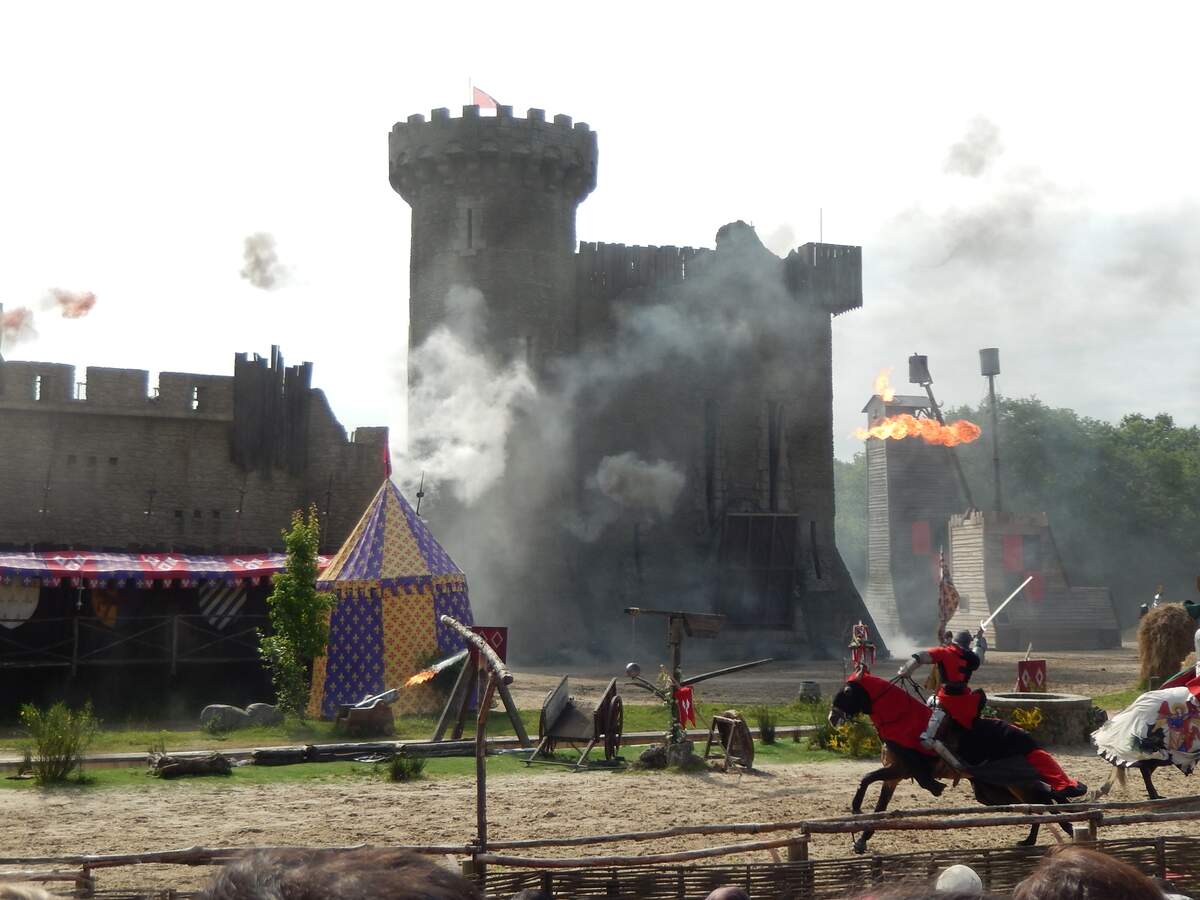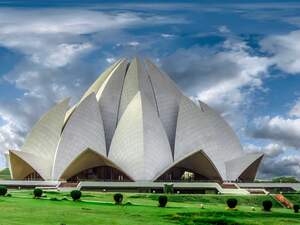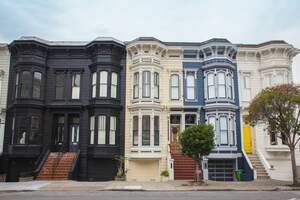

End of the Middle Ages Day
Observed
annually on May 29th (since 1453)
Dates
Tags
History & Culture
Hashtags
Sources
https://almanacofmerriment.blogspot.com/2007/05/end-of-middle-ages-day-may-29th.html
https://www.britannica.com/event/Fall-of-Constantinople-1453
https://www.dailykos.com/stories/2019/5/29/1860971/-Happy-End-of-Middle-Ages-Coq-Au-Vin-amp-Paper-Clip-day-4-tweets-VillageResistance-5-29-19-PM-Ed
https://www.history.com/topics/middle-ages/middle-ages
https://www.kalw.org/post/almanac-tuesday-52918#stream/0
Many historians consider May 29, 1453, to be the date on which the Middle Ages ended. It was on this date that Constantinople, the capital of the Byzantine Empire, fell to the Ottoman Empire, after being under siege for almost two months. With the fall of the capital, the Byzantine Empire ended as well. Following the fall, Byzantine scholars left Constantinople and Greek culture began being studied outside of the area of the old empire. Learning based on classical Greek sources was revived and it helped bring on the Renaissance.
The Middle Ages, sometimes also known as the Dark Ages or medieval period, began in Europe with the fall of Rome in 476 CE. Some historians place the start of the Renaissance in the fourteenth century, but it was spurred on by the fall of the Byzantine Empire and Constantinople, so May 29, 1453, is also viewed as a dividing point between the two eras. During the Renaissance, the art and culture of ancient Greece and Rome was looked back on and celebrated by writers, artists, and thinkers. They looked at the time after the fall of Rome as a "middle" or "dark" age because they thought it was a time without scientific accomplishments, great art, or great leaders. They looked poorly on it and thought people hadn't used their full potential during it. In more recent years, the era has been looked on more favorably.
The most powerful institution during the Middle Ages was the Catholic Church, not kings or queens. Great cathedrals were built in the Romanesque style, and then in the Gothic style, and monasteries were built as well. The Islamic world was also growing during this time, and cultural and intellectual life thrived in cities like Cairo, Baghdad, and Damascus. Thousands of books were written there, and important texts of the past were translated into Arabic.
Towards the end of the eleventh century, the Catholic Church began allowing military expeditions: the Crusades started in 1095 and were an effort to remove Muslim "infidels" from the Holy Land. They went on periodically until the end of the fifteenth century, and many on both sides lost their lives. During this time, religious enthusiasm grew, and literature, science, and technology from the Muslim world influenced European life. Trade routes also expanded on account of the Crusades, and Europe was given access to imported goods like wine, olive oil, and textiles.
One of the defining moments of the Middle Ages was the bubonic plague. Also known as the Black Death, it killed about 20 million people—30 percent of the population of Europe—between 1347 and 1350. It was the worst in cities, where it was easily transmitted from one person to another.
Feudalism dominated the rural areas during the Middle Ages. Kings granted large tracts of land called fiefs to noblemen and bishops, and peasants without land, called serfs, did most of the work on the fiefs. Serfs were able to live on the land and were guaranteed protection. Farming became more productive and efficient in the eleventh century due to innovations, so fewer workers were needed to produce the food. The result of this was population growth and the movement of more people to towns and cities. Afterward, port cities began thriving because of commerce, and they experienced a "rebirth," being at the forefront of the Renaissance.
The fall of Constantinople took place on today's date in 1453. In the twelfth century, there were around 400,000 inhabitants in the city. On account of many sieges, its population dwindled to between 40,000 and 50,000 inhabitants by the 1450s. Byzantine power also diminished at the time, after fights with the Catholic Church and Balkan neighbors.
By the second half of the fourteenth century, Ottoman Turks controlled most of the Balkans and Anatolia. In 1452, Ottoman leader Sultan Mehmed II Fatih made peace treaties with Hungary and Venice and began constructing a fortress at Bosporus, the strait in Turkey at the Black Sea and Sea of Marmara, so that he could restrict passage between the Black and Mediterranean Seas. Mehmed then asked for cannons from Urban, a Hungarian gunsmith. They were brought to Edirne, the Ottoman capital, which was not too far from Constantinople, in March 1853. The following month, after Byzantine settlements on the coasts of the Black Sea and the Sea of Marmara were taken over, the cannons were moved outside of the city. Ottoman regiments arrived from Rumelia and Anatolia, and their fleet came from Gallipoli landed in Diplokionion. At the same time, Byzantine Emperor Constantine XI Palaeogus requested help. Although some he asked refused, support came from Venice and Genoa.
Being surrounded by both land and sea, Constantinople was under siege for over 50 days, with the city's walls facing a constant onslaught of cannon fire. The walls had a double line of ramparts with a moat outside them. The taller wall was 40 feet high with a base that reached 16 feet in width. There also was a 20-feet tall sea wall that went across the Golden Horn and Sea of Marmara, designed to prevent a naval assault. Constantinople only had 6,000 or 7,000 trained soldiers, although 30,000 to 35,000 civilians were also armed. They also only had a small fleet of ships in the Golden Horn. In contrast, the Ottomans had 60,000 to 80,000 land soldiers and 69 cannon. They also had 31 large and midsize warships and 100 smaller boats and transports at Diplokionion.
On April 6, the artillery barrage began. The city was eventually encircled. Over the following weeks, the cannons breached the walls at spots, but the breaches weren't wide enough to send troops through, and the Byzantines continued to repair them at night. Early on the morning of May 29, Ottomans commenced artillery, infantry, and naval assault on the city. They tried to rush the Gate of St. Romanus and walls in the Blachernae sector—two areas that had been damaged in previous barrages—but they found resistance and had to fall back. After another attack on the gate, its inner wall was taken.
Fighters that had come from Genoa and Venice to assist the Byzantines retreated to ships in the Golden Horn. After securing the city, Mehmed rode through it to the cathedral of Hagia Sophia, the largest cathedral in Christendom, and converted it to a mosque: Ayasofya. Afterward, Mehmed II moved his capital to the city from Edirne, and the city became home to people of many backgrounds and faiths. Greeks left for Italy, which many historians say marked the end of the Middle Ages and the beginning of the Renaissance. Thus, we view May 29 as End of the Middle Ages Day.
How to Observe End of the Middle Ages Day
Here are some ideas on how to spend the day:
- Read a book about the Middle Ages, or more specifically, about the fall of Constantinople.
- Visit Constantinople. Some places you could stop at include the Hagia Sophia Museum or the Gate of St. Romanus.
- You could make a dish that dates to the Middle Ages.
- Some have suggested that the day be used to give gifts, so that could also be done.





















